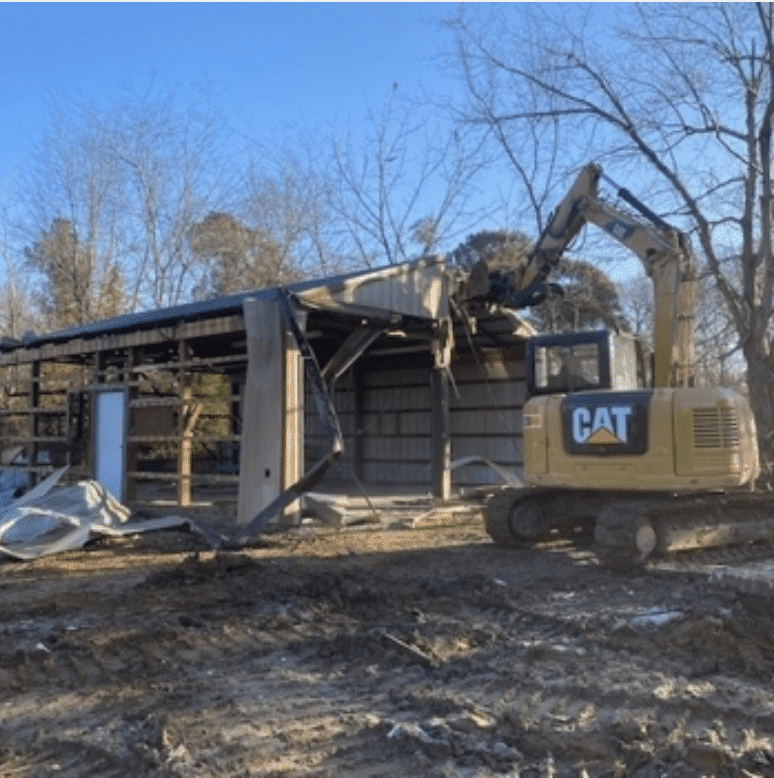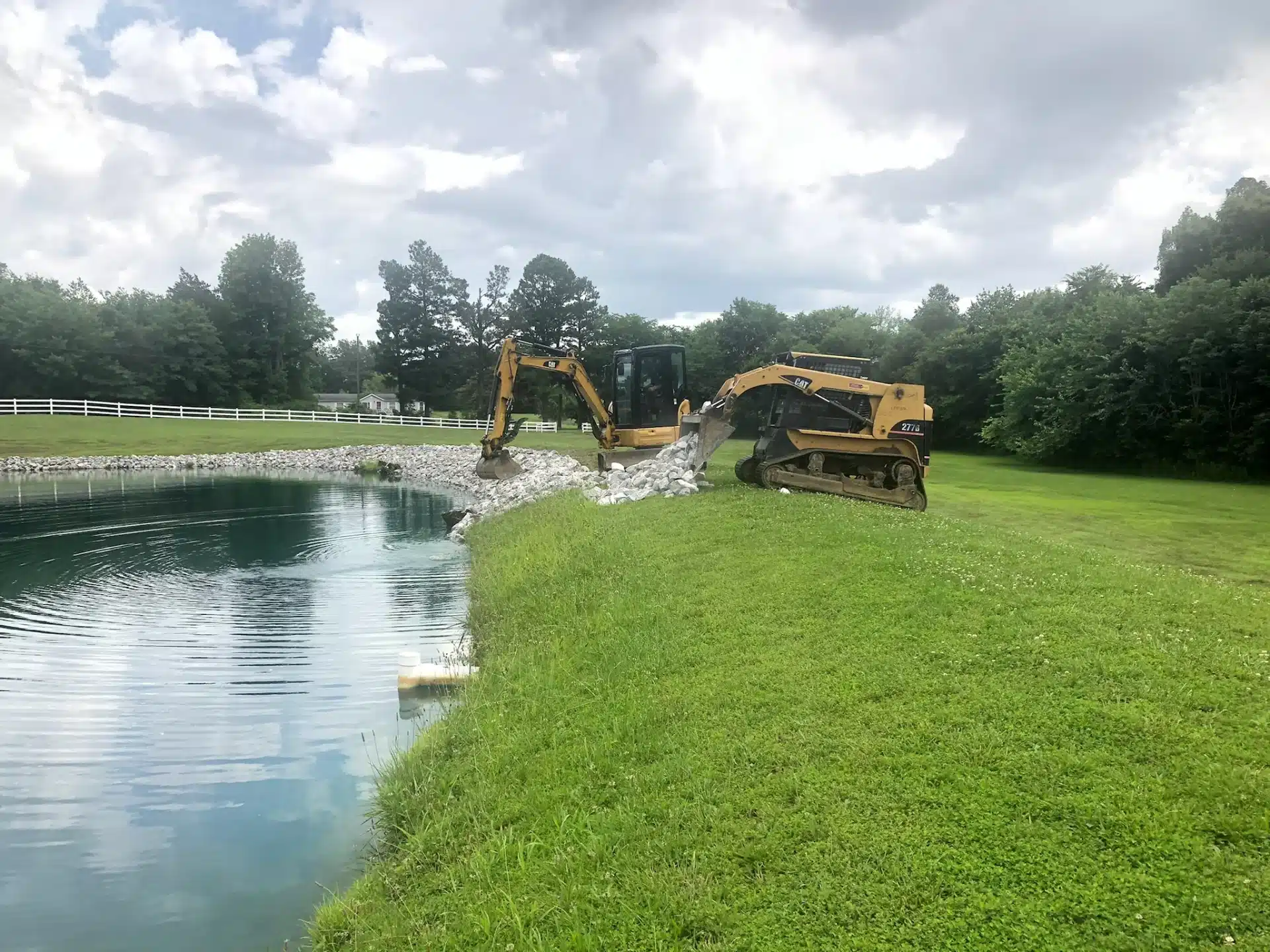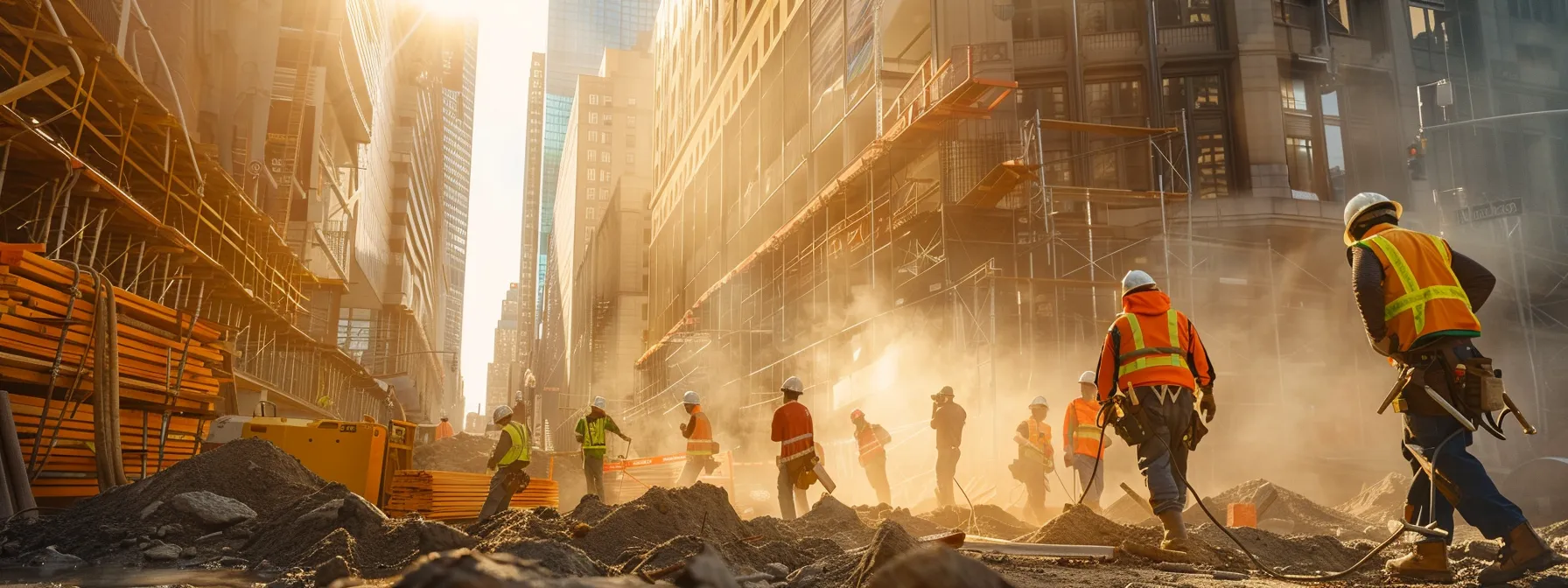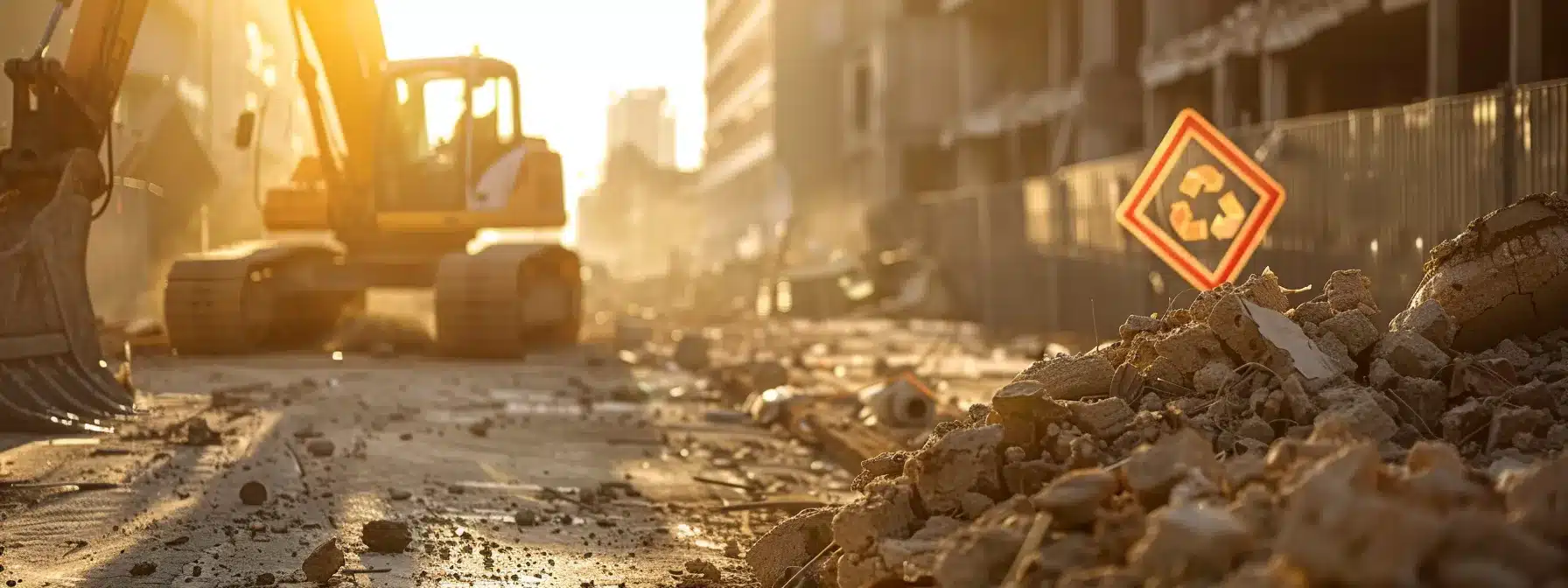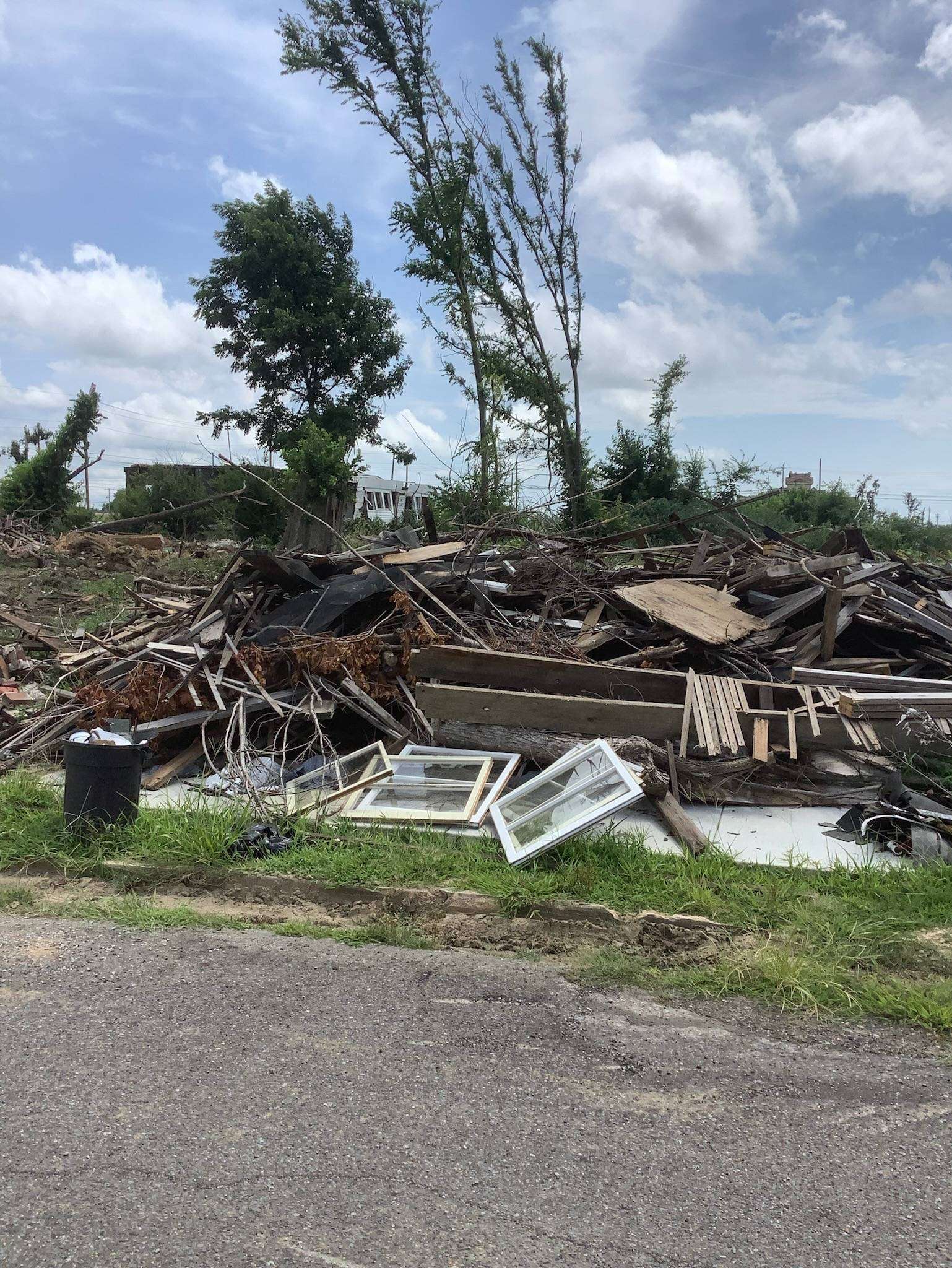Foundation damage can happen suddenly and without warning, if your drainage mechanisms aren’t up to par. Sometimes, taking proactive steps for maintenance can replace costly repair bills. If your house has been damaged by water, you need repairs done as soon as possible. Foundation problems can become worse and more expensive to fix the longer you wait. A flooded basement is a common problem that can be caused by poor drainage. If you have a sump pump and it’s not working, you may need to fix your foundation drainage. To improve your foundation drainage, consider the tips below.
Extended Drain Pipes
Your home’s foundation drainage systems are designed to collect and direct water away from your house. However, if the pipes leading from your home’s sump pump to the sewer line are not long enough, they may be clogged with debris or broken by heavy winds or storms. To avoid this problem, consider extending your drain pipes as far away from your house as possible. This will ensure that any blockages or breaks will not harm the structure of your home.
Eliminate Soil Compaction
Compacted soil can block the flow of water and make it harder for your foundation to drain. This can lead to water pooling around your home.
You can improve the drainage by reducing the amount of water in the soil around your home. The easiest way to do this is by adding a layer of gravel or stone under your existing soil. This will create an even surface that allows water to flow freely from under your house rather than being trapped by clumps of clay or mulch.
Fix the Grading
Once you’ve improved the drainage around your home, you’ll want to inspect the grading around it. Grading refers to how flat or sloped the land is around your house; some parts may be higher than others, which could cause water to pool there instead of draining away naturally.
If you have any areas where grading doesn’t match up with what you expect (for example, if there are areas where there’s no slope at all), then you need to correct these problems before they cause damage to your foundation or surrounding landscaping.
Rain Gutters
The most common type of gutter is made from aluminum, with an opening on one end that allows water to flow into downspouts. The other end is closed off with a cap known as a leaf guard or splash block. The cap prevents leaves and other debris from clogging up your gutters and causing them to overflow.
The typical gutter system has two downspouts — one for each side of the house — that discharge water towards the ground away from the foundation. The amount of water discharged by these downspouts depends on how big they are and how much rain falls over their lifetime. For example, if you live in an area where it rains frequently during the year (and also has large storms), then you will need bigger downspouts than if you live in an area where it rains only occasionally but has very large storms when it does rain (such as hurricanes).
Self-Inspect Your Drainage
It’s important to self-inspect your foundation drainage system regularly — especially if there are signs of damage like cracked or sagging walls or doors sticking in their tracks from excessive moisture. The first step is to check for leaks inside the house by looking for stains on ceilings, floors, or walls near plumbing fixtures like sinks or tubs and toilets, as well as around windows where condensation forms on cold days. If you spot any leaks in these areas inside your home, it means there may be a problem with the outside drainage pipes, too, because this is where all the water will gather.
Perform Repairs Immediately As Needed
Perform a thorough inspection of your home regularly. You need to look for any possible signs of damage in your foundation, such as cracking or bulging walls, sunken areas, or leaning chimneys. If you find any of these signs, get help from Supreme Enterprises, LLC as soon as possible. We will perform tests on your homes, such as moisture testing and structural analysis. This will help them determine the root cause of the problem and develop an appropriate solution for fixing it.
Calling In The Professionals
The best way to fix your foundation drainage is comprehensively and at the source. Depending on the damage, Supreme Enterprises, LLC can dig up your property, improve the grading, pump out water, and set down drain pipes to improve the flow of water away from your home. This is a major job that needs to be performed professionally and with a comprehensive overview of how drainage can affect your house’s stability. Avoiding common pitfalls will ensure that you won’t have to fix them again, so take precautions now and ensure that you don’t allow the same mistakes to cost you more in the future.

